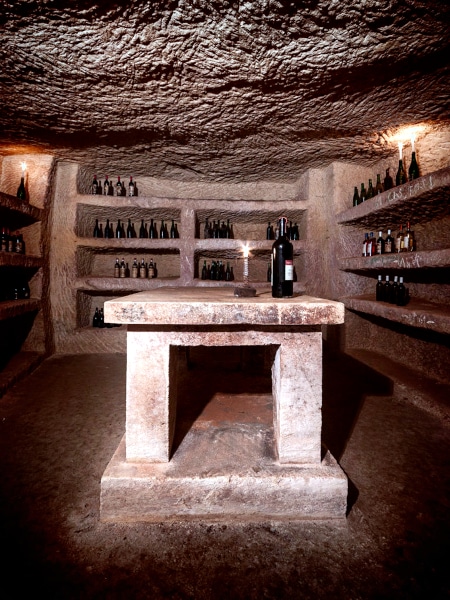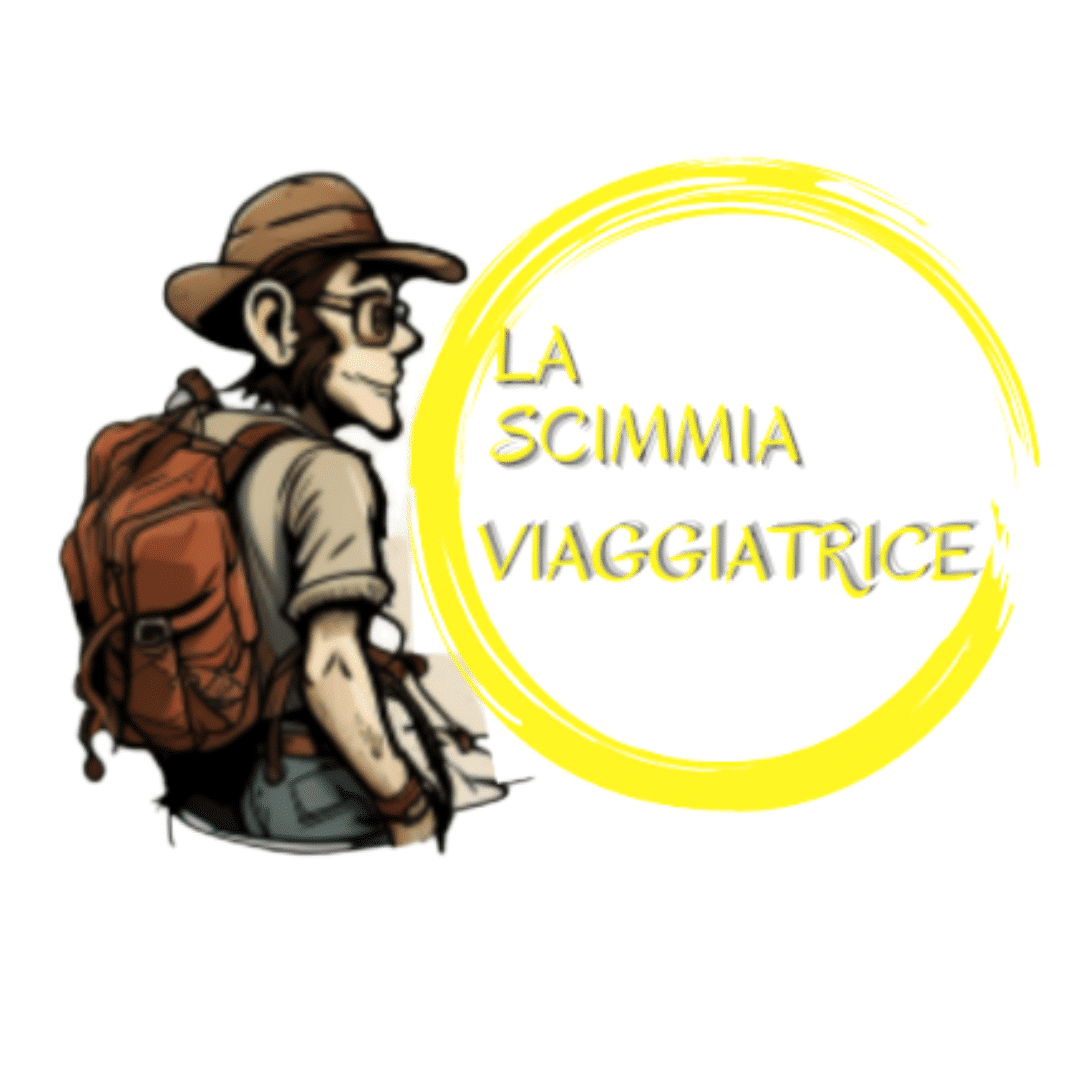Small vademecum to recognize and visit the famous Infernot
Have you ever heard of infernots, but have never visited one? Then read and find out what they are and where to see the Infernot (the real ones)!
Many have discovered the beauty of Monferrato only since 2014, the year in which UNESCO included it, together with Langhe and Roero, among the World Heritage Sites. Despite this sudden fame, not everyone knows that Monferrato was also chosen because it is the land of the Infernot. Before talking about their peculiar characteristics, we must tell you that they are in particular the symbol of the Basso Monferrato. In fact, their origin and widespread use are based on the peasant culture of this area between Asti and Casale Monferrato. You should also know that the Piedmontese term “infernot” derives from the ancient Provençal term en fernet which means narrow prison. You will ask us “what do prisons have to do with cellars?” Well, you will soon understand.
Well, let’s not beat around the bush, we know you’re interested in knowing what Infernot are and where to see them. So keep reading and find out with us.
What are Infernots
Infernots are underground spaces dug into Pietra da Cantone, the typical stone of the Basso Monferrato area. This was formed millions of years ago from the deposit of sand, silt and organisms on the bottom of the sea that covered the Monferrato hills at the time. If you pay attention, when you visit an infernot, you may see, trapped on its walls, fossils of creatures that inhabited this warm and calm sea in prehistoric times.
Furthermore, infernots are always located under buildings that are or were inhabited, because they served as cellars to store wine, very often the most prized. It was easy for a bottle of wine to be perfectly preserved inside them for years while waiting for a wedding or a birth. Their characteristics are in fact exceptional: the temperature and humidity are constant and no light filters in as they have no openings to the outside except the entrance door.
Shape and construction of infernots
Another important aspect is their shape. There is no infernot the same as another. There are large structures with multiple rooms with many niches and shelves, but also, more frequently, single-room or corridor-shaped ones. These last two typologies are usually those dug by farmers with their own tools during the winter, a period in which the countryside provided less work. The farmers’ infernots are therefore less refined and still allow us to clearly see the signs of the pickaxes on the walls.
A common and fundamental characteristic is that each infernot is made in “excavation”, that is, only by removing the stone without building walls or ceilings. Often even the furniture, such as tables and chairs, were directly obtained by carving them into the rock.
As we have told you, each infernot is different from the other. Therefore, the only thing you can do is try to visit as many as possible. So continue reading and find out where to see the infernot.
Where to see the infernot
You probably came to this article to answer the question “where to see the infernot?”. Well, if you read the article from the beginning, you will have already understood that the area where to find them is the Basso Monferrato. However, you probably don’t know that when UNESCO assigned the title of World Heritage Site for the presence of these artifacts, it divided the territory into Core Zone and Buffer zone. The municipalities included are:
- In the Core Zone: Camagna, Cella Monte, Frassinello Monferrato, Olivola, Ottiglio, Ozzano Monferrato, Rosignano Monferrato, Sala Monferrato and Vignale Monferrato;
- In the Buffer zone: Altavilla Monferrato, Casale Monferrato, Casorzo, Castelletto Merli, Cereseto, Conzano, Cuccaro Monferrato, Fubine, Grana, Grazzano Badoglio, Lu, Moncalvo, Occimiano, Penango, Ponzano Monferrato, Serralunga di Crea, Terruggia and Treville.
From personal experience we can safely tell you that in any of these municipalities you can find at least one infernot to visit of great workmanship. The only discriminant is that many are only open on special occasions while those included in more traditional circuits are only in 14 municipalities. Each of these 14 municipalities through its own channels organizes guided tours and makes them accessible. On the website of the Pietra da Cantoni ecomuseum you can find all the contact details to ask for information and book a visit.
Furthermore, for those who want there is a “Circuito degli Infernot” a food and wine and cultural route of about 50 km in the middle of the Unesco hills. The circuit can be traveled by bike or by car and motorbike. During the route you can stop at agri-food, artisan and tourist companies that provide information and offer their products.
Where to see the Infernot: one last piece of advice
The last piece of advice we want to give you is to observe the way in which the local guides will lead you inside the infernot. The passion and pride they have in talking to you about them will make you understand that these cellars are more than an artifact; the infernot are the most evident legacy of the peasant culture of the Lower Monferrato that has resisted the advance of modernity. An excellent example, which we should imitate, of how man can exploit the elements offered by nature without destroying it.
Now that you know what they are and above all where to see the infernot, all you have to do is decide which ones to see and when. Enjoy your visit!


